Astrophytum asterias, commonly known as the star cactus, is an exquisite jewel of the cactus world, revered for its striking appearance and unique characteristics. This unique plant, native to Mexico, is celebrated not only for its aesthetic appeal but also for its intriguing cultivation requirements. In this comprehensive guide, we will delve into the nuances of growing the perfect star cactus, enlightening both novice gardeners and seasoned horticulturists alike.
Understanding the allure of Astrophytum asterias requires an appreciation of its remarkable features. Its flattened, round shape is a delightful divergence from the typical spiny cactus silhouettes. Instead of a thorny exterior, the star cactus flaunts a smooth, ribbed surface adorned with tiny, yellowish-white flecks or areoles, which can even develop flowers when conditions are just right. As we traverse through the labyrinth of care essentials, one can expect to uncover the secrets to achieving a thriving specimen.
Let us embark on a journey exploring the fundamentals of Astrophytum asterias care, encompassing its environmental preferences, watering habits, soil composition, and propagation techniques, among others.
Perfecting the Environment: Light, Temperature, and Humidity
To cultivate a healthy Astrophytum asterias, one must first create an environment that mirrors its native habitat. These cacti thrive in full sun, where they can receive a minimum of six hours of direct sunlight daily. However, the intensity of sunlight should be carefully regulated to prevent sunburn; incorporating a gradual acclimatization phase can help ease the plant into high light conditions.
Temperature plays a pivotal role in the growth and overall health of the star cactus. They are best kept in temperatures ranging from 70°F to 100°F during the growing season, which typically spans from late spring through summer. As temperatures begin to drop in the fall, it is crucial to provide a cooler resting period without dipping below 50°F. Such a differential mimics their natural seasonal cycle, enabling them to thrive.
Humidity is another critical factor to consider. Astrophytum asterias prefer dry conditions, flourishing in low humidity environments. Adequate air circulation is essential to prevent fungal infections, which can be detrimental to the health of the plant. When grown indoors, placing them near a window with good airflow can help achieve this delicate balance.
Soil Secrets: Crafting the Ideal Growing Medium
The right soil mixture is imperative for cultivating a robust star cactus. Astrophytum asterias demands a well-draining soil medium, as they are susceptible to root rot in overly moist conditions. It is advisable to utilize a blend specifically tailored for cacti and succulents, which typically includes sharp sand, perlite, and a high-quality potting mix.
A common recipe for the optimal growing substrate consists of one part potting soil, one part coarse sand, and one part perlite. This concoction ensures efficient drainage while retaining enough moisture to fuel the roots. Additionally, consider adding a little horticultural grit to further enhance drainage capabilities. The texture should be gritty and light, allowing oxygen to permeate the root zone.
Watering Wisdom: Navigating the Hydration Paradox
Watering is often considered the most precarious aspect of cactus care. Overwatering is perhaps the leading cause of demise for astrobiotic species like Astrophytum asterias. During their active growth phase, it is essential to provide water sparingly; allowing the soil to dry out completely between watering sessions is paramount. A general rule of thumb is to water every two to three weeks during the growing season. Depending on the humidity and temperature, this frequency may require adjustments.
In contrast, during the dormant period in winter, watering should be curtailed dramatically. A complete cessation of watering for this phase can allow the plant to rest and gather strength for the subsequent growing season. Be vigilant; even a little excess moisture can lead to devastating consequences. When in doubt, it is always prudent to err on the side of dryness.
Feeding Essentials: Nourishing Your Star Cactus
To promote healthy growth and flowering, occasional feeding is advantageous. During the growing period, a diluted liquid fertilizer formulated for cacti, applied every four to six weeks, serves as an excellent source of nutrition. The ideal fertilizer should be low in nitrogen but rich in potassium and phosphorus to encourage blooming.
When feeding, it is vital to thoroughly water the plant beforehand to prevent root burn. As winter approaches and the plant enters dormancy, cease all fertilization until growth resumes in the spring. Striking this balance between nourishment and restraint is key to successful cultivation.
Propagation: Expanding Your Astrophytum Family
Propagation offers an exciting avenue to expand your collection or share otherworldly beauty with fellow enthusiasts. Astrophytum asterias can be propagated through seeds or by offsets, which may develop from the mother plant as it matures. Seed propagation is an intricate yet rewarding process.
For seed germination, utilize a well-draining mix and place the seeds on the surface, lightly pressing them into the substrate without covering them, as they require light to germinate. Maintaining a warm and humid environment using a clear humidity dome can enhance germination success. Keep the mix moist but not soggy, and within a few weeks, you can witness the emergence of tiny star cacti.
Alternatively, offsets can be carefully removed from the base of the mother plant once they have developed a few of their own roots. Replant these offsets into their separate containers with the same potting medium, and treat them as individual specimens. Regardless of the technique chosen, patience is essential, as it may take time for each plant to flourish fully.
Common Challenges: Troubleshooting the Star Cactus Journey
No plant journey is without its challenges. Astrophytum asterias, while relatively resilient, can encounter specific issues. Pests such as mealybugs and spider mites can wreak havoc. Monitoring for signs of infestation regularly, such as webbing or cottony masses, is vital. If found, treat them with insecticidal soap or neem oil to restore balance.
Another common challenge is rot. Always inspect the roots and base for any signs of decay, particularly after watering. If root rot is detected, prompt action is required—removing affected roots and repotting in fresh soil may help salvage the plant.
Conclusion: Cultivating the Ideal Astrophytum Asterias
Astrophytum asterias is more than just a plant; it is a symbol of resilience and beauty. With careful attention to its environmental needs, appropriate watering and feeding schedules, and sensitivity to its unique characteristics, one can revel in the satisfaction of nurturing a thriving star cactus. This guide encapsulates the essentials of successful cultivation, inviting both new and seasoned cactus lovers to appreciate the allure of this extraordinary species.
As the star cactus continues to flourish under your care, you may find yourself transformed by the growth journey. The star cactus serves not only as an exquisite addition to your botanical collection but also as a daily reminder of nature’s unyielding elegance.
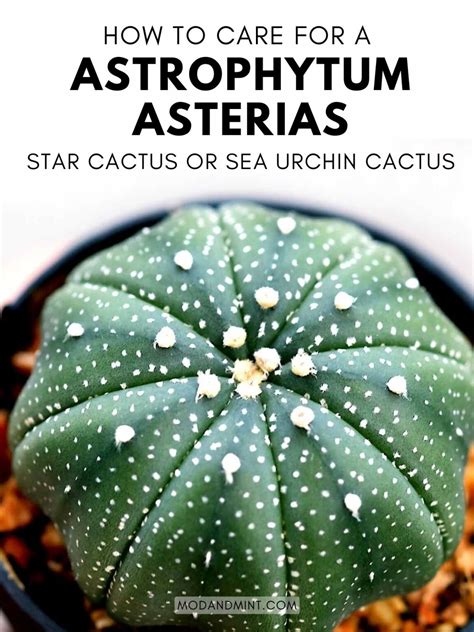
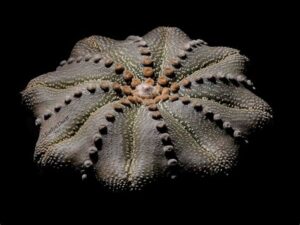
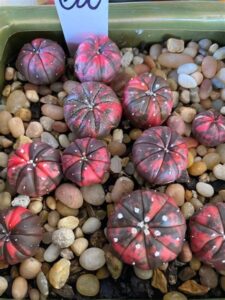
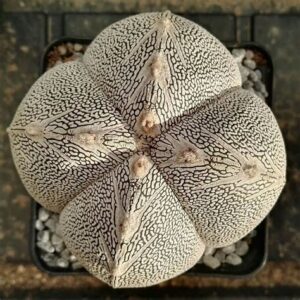
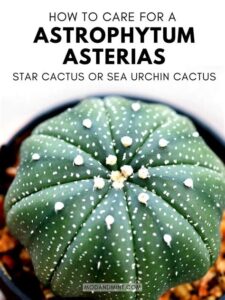
Leave a Comment